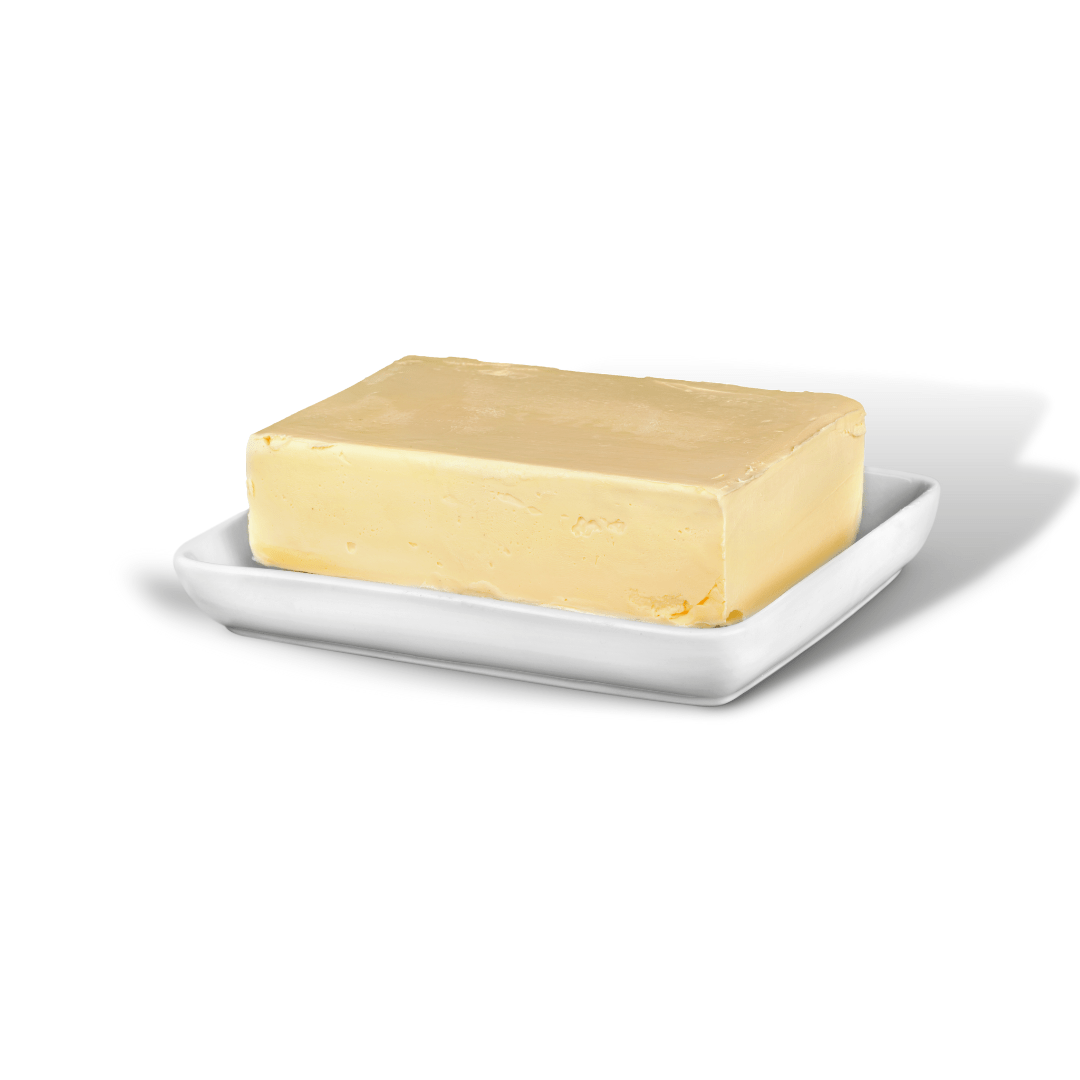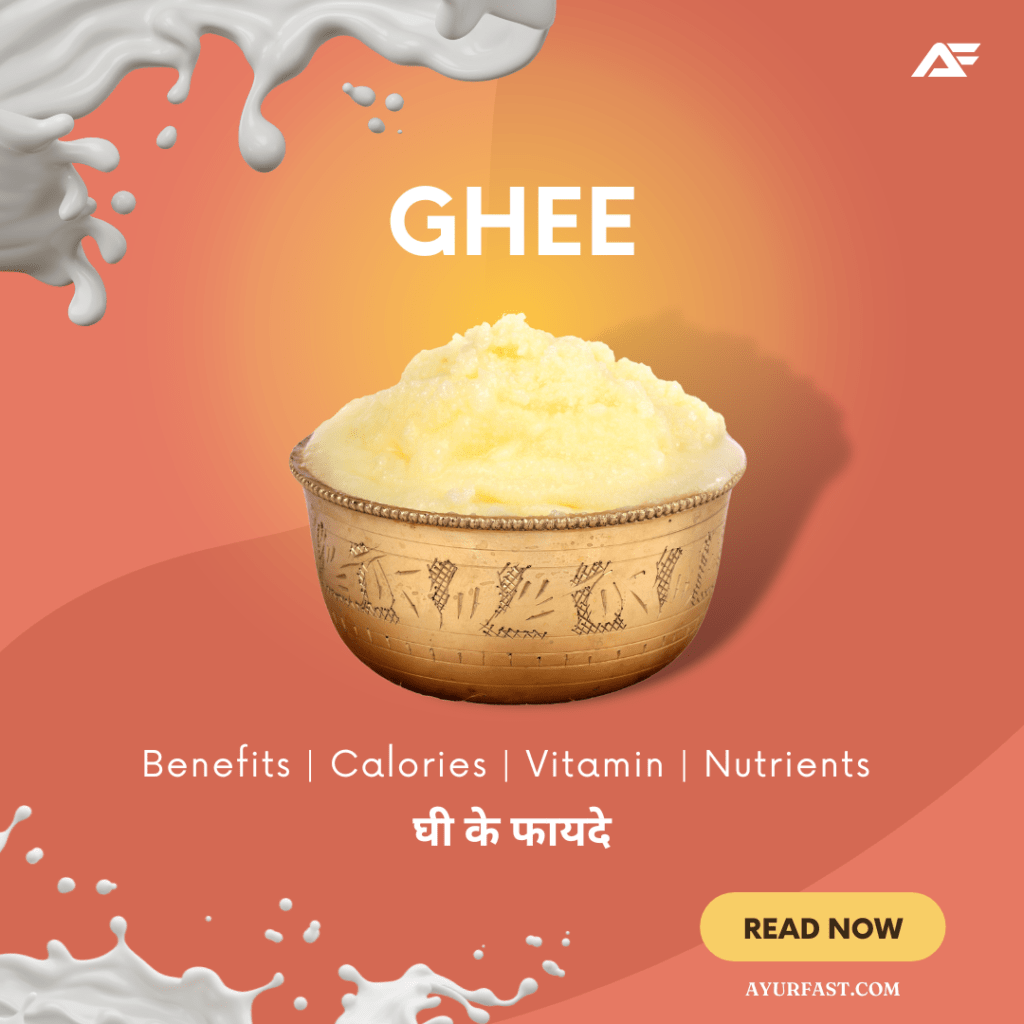Definition Of Butter
Butter is a dairy product made from churning milk or cream. It is typically used as a spread for bread, a cooking ingredient, and a flavoring agent. Butter contains varying amounts of fat, protein, and water depending on the method of preparation.
Health benefits of butter:
-
Rich source of essential vitamins and minerals: Butter is a good source of vitamins A, D, E, and K, as well as minerals such as calcium, phosphorus, and selenium.
-
Boosts brain function: Butter is rich in healthy fats, particularly omega-3 and omega-6 fatty acids that support brain function.
-
Provides energy: Butter contains medium-chain triglycerides (MCTs) which are quickly absorbed and metabolized for energy production.
-
Enhances absorption of other nutrients: The fat-soluble vitamins present in butter can help enhance the absorption of other nutrients in the diet.
-
Supports healthy weight: Despite its high-fat content, research suggests that moderate consumption of butter may support healthy weight maintenance.
Health risks of butter:
-
High in saturated fats: Butter is high in saturated fats, which have been linked to an increased risk of heart disease.
-
High in calories: Butter is calorie-dense, so it is important to consume it in moderation to avoid weight gain.
-
Not suitable for individuals with lactose intolerance: Butter contains lactose, which may be problematic for individuals with lactose intolerance.
Preparation Method:
Butter can be made by churning cream or milk until it separates into butterfat and buttermilk. The butterfat is then washed and shaped into a solid mass.
Treatments it can be used:
Butter can be used in a variety of ways, including:
- As a spread for bread and toast
- In cooking and baking
- As a flavoring agent in sauces and soups
- As a topping for vegetables and potatoes
- In desserts and sweet treats
Harms of Overdose:
- Consuming too much butter can lead to weight gain and an increased risk of heart disease.
- Consuming too much-saturated fat can also increase your risk of heart disease.
Per day maximum consumption chart:
- Child: 1-2 teaspoons (5-10 grams)
- Adult man: 3-4 teaspoons (15-20 grams)
- Adult woman: 2-3 teaspoons (10-15 grams)
Macro Nutrient Content per 50g serving of Butter
| Macro Nutrient | Amount per 50g serving |
|---|---|
| Calories | 357 kcal |
| Carbohydrates | 0.03 g |
| Fats | 40 g |
| Proteins | 0.42 g |
| Fiber | 0 g |
| Water | 9.7 g |
Vitamin Content per 50g serving of Butter
| Vitamin | Amount per 50g serving |
|---|---|
| Vitamin A | 1019 IU |
| Vitamin B1 (Thiamin) | 0.01 mg |
| Vitamin B2 (Riboflavin) | 0.16 mg |
| Vitamin B3 (Niacin) | 0.05 mg |
| Vitamin B6 | 0.01 mg |
| Vitamin B12 | 0.13 mcg |
| Vitamin C | 0 mg |
| Vitamin D | 15.8 IU |
| Vitamin E | 0.5 mg |
| Vitamin K | 0.1 mcg |
| Folate | 2.8 mcg |
| Biotin | 1.4 mcg |
Mineral Content per 50g serving of Butter
| Mineral | Amount per 50g serving |
|---|---|
| Calcium | 14.2 mg |
| Iron | 0.03 mg |
| Iodine | 1.3 mcg |
| Zinc | 0.03 mg |
| Magnesium | 1.6 mg |
| Phosphorus | 10.3 mg |
| Potassium | 15.8 mg |
| Sodium | 201 mg |
| Chloride | 105 mg |
| Copper | 0.01 mg |
| Chromium | 0 mcg |
| Fluoride | 0.1 mcg |
| Molybdenum | 0 mcg |
| Manganese | 0 mg |
| Selenium | 0.1 mcg |
What are the health benefits of butter?
Butter is a good source of fat-soluble vitamins, including vitamins A, D, E, and K. It also contains butyric acid, which has anti-inflammatory properties.
Is grass-fed butter healthier than conventional butter?
Grass-fed butter is often considered healthier because it has higher levels of omega-3 fatty acids and conjugated linoleic acid (CLA), which has been linked to various health benefits.
How is butter made?
Butter is made by churning cream until the fat separates from the liquid, resulting in a solid butter and liquid buttermilk.
What are the different types of butter?
There are many different types of butter, including salted and unsalted butter, cultured butter, clarified butter, and ghee.
What is ghee butter?
Ghee butter is a type of clarified butter that has been simmered for a longer period of time, resulting in a nutty flavor and a higher smoke point.
Is vegan butter healthy?
Vegan butter can be a good alternative for those who follow a plant-based diet. However, it may be high in saturated fats and may not offer the same nutritional benefits as regular butter.
What is the nutritional content of butter?
Butter is high in calories and fat. A tablespoon of butter contains approximately 100 calories and 11 grams of fat.
How many calories are in a tablespoon of butter?
A tablespoon of butter contains approximately 100 calories.
Can butter be frozen?
Yes, butter can be frozen for up to six months. It should be wrapped tightly in plastic wrap or placed in an airtight container before freezing.
What are some easy recipes using butter?
Butter can be used in a variety of recipes, including sautéed vegetables, scrambled eggs, baked goods, and roasted meats.
Is butter gluten-free?
Butter is naturally gluten-free, but it's important to check the label to ensure that it hasn't been contaminated during processing.
What are the best ways to store butter?
Butter should be stored in the refrigerator or freezer to extend its shelf life. It should be wrapped tightly in plastic wrap or placed in an airtight container.
What is the shelf life of butter?
Butter can last up to six months in the freezer and up to three months in the refrigerator.
How can I make homemade butter?
Homemade butter can be made by churning cream in a jar or using a stand mixer until the fat separates from the liquid.
How does butter compare to margarine?
Butter is a natural product made from cream, while margarine is a processed product made from vegetable oils. Butter is higher in saturated fat, while margarine is higher in polyunsaturated and monounsaturated fats.
What is clarified butter?
Clarified butter is butter that has been heated and the milk solids removed, resulting in a clear liquid that is perfect for cooking at high temperatures.
Is cultured butter better than regular butter?
Cultured butter has a slightly tangy taste and can be easier to digest than regular butter.
What are the differences between salted and unsalted butter?
Salted butter contains added salt, while unsalted butter does not. Unsalted butter is often preferred for baking because it allows for better control of the salt content in the recipe.
How is European butter different from American butter?
European butter is made from cream that has a higher fat content than American butter, resulting in a richer and creamier taste









